Check out radon:
Radon Screening lending kits
Did You Know?
New Brunswick has more radon than almost every other province (we’re 2nd highest!).
Kits are available at:
-Campbellton Centennial Library
-Moncton Public Library
-Fredericton Public Library
-Mgr. W.J. Conway Public Library (Edmundston)
-Saint John Free Public Library
-Chatham Public Library
-Dieppe Public Library
-Dorchester Memorial Public Library
-Riverview Public Library
-Sackville Public Library
-Andrew and Laura McCain Public Library (Florenceville-Bristol)
-Père Zoël Saulnier Public Library (Tracadie)
-Cap-Pelé Public Library
-Salisbury Public Library
-Atholville Public Library
-Kedgwick Public Library
-Kennebecasis Public Library
-St. Andrews Public Library
-Grand Falls Public Library
-Saint-Quentin Public Library
-Harvey Public Library
-Oromocto Public Library
David Coon’s constituency office (Fredericton)
Kathy Bockus’ constituency office (St Stephen)
Justin Shaver Realty (Geary)
Bilijk (Kingsclear) Health Centre
Woodstock Health Centre
…More coming soon!
Radon is a radioactive gas that occurs naturally across Canada. It has no taste or smell, and we can’t see it, but when it builds up inside of our houses it can cause big problems.
The level of risk depends on the concentration of radon as well as the number of years of exposure, but some facts that don’t change are:
- New Brunswick has the highest rate of lung cancer in all of Canada.
- Radon exposure is the 2nd leading cause of lung cancer after smoking.
- The only way to know if you have a radon problem in your home is to test.
NB Lung has partnered with New Brunswick public libraries and select MLA offices, Realtors, and community Health Centres to introduce free electronic radon screening kits across the province.
The Check Out Radon program provides patrons with an opportunity to learn about radon and to understand the potential for radon exposure in their homes.
Each lending kit contains:
- 1x Airthings “Corentium Home” model radon monitor
- 1x instruction booklet
- radon information inserts from Health Canada
- discount codes and voluntary survey link (located inside the lid of each kit)
The Corentium Home is a simple, battery-operated always-on radon detector with short and long-term radon levels displayed on and easy-to-read LCD screen. It does not require a Wi-Fi signal or additional app connectivity to function and is ready to use right out of the box with a simple reset between users.
The devices are simple to use and lending period for each kit lasts a minimum of 30 days up to a maximum period of 6 weeks.
After 30 days of measurement, users can generate a printable report to keep as a reference of their results by scanning a QR code found in the instruction booklet.
While short-term screening with electronic devices is less precise and does not replace the need for long-term testing, lending kits are a valuable first step in assessing radon and can provide an early warning of extremely high radon levels.
Health Canada recommends measuring radon in your home for at least three months, ideally in the fall and winter as this has traditionally been the time when radon levels peak indoors. As our summers become warmer, however, and more people install heat pumps and air conditioning, our houses are staying more tightly sealed for longer. When windows and doors stay closed year-round, summertime radon concentrations can match the wintertime levels. Energy-efficiency upgrades and renovations to make houses more airtight also contribute to a buildup of radon in the same way. For more information, visit Canada.ca/radon
Note: Radon screening results above the Canadian Guideline of 200 becquerels per cubic meter (200Bq/m3), should be taken seriously. The higher the level, the sooner corrective measures should be taken.
You should not rely on your neighbors’ screening result as readings can vary significantly from one home to the next. The lending kits are a screening tool only, and users are advised to pursue long-term radon testing. Long-term tests can be ordered from NB Lung at: nblung.ca/shop
Radon screening results above the Canadian Guideline of 200 becquerels per cubic meter (200Bq/m3), should be taken seriously. The higher the level, the sooner corrective measures should be taken.
Of our 40 Lending Kits across the province, each has a 2 year waitlist to take one out.
A donation of $205 can cover the cost of a new lending kit.
Help us reach our goal.
Page Last Updated: 28/02/2023
